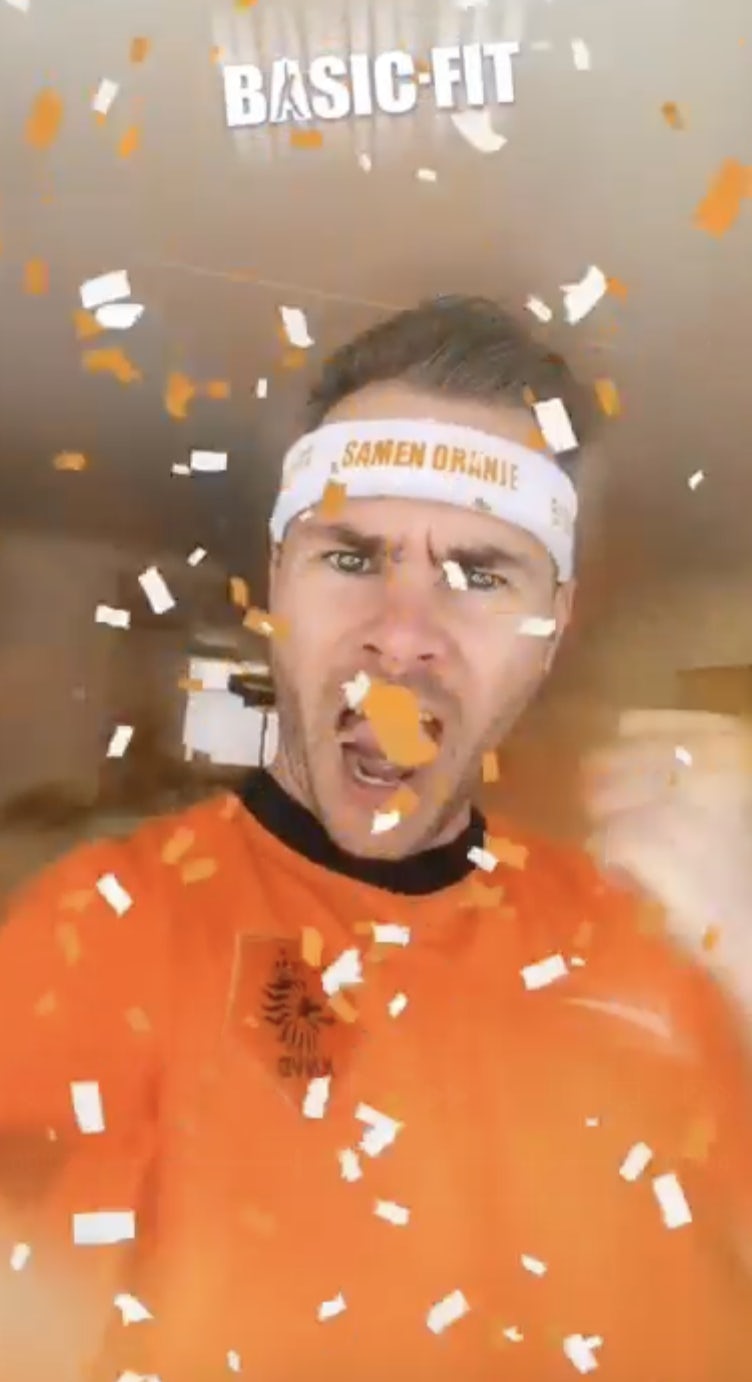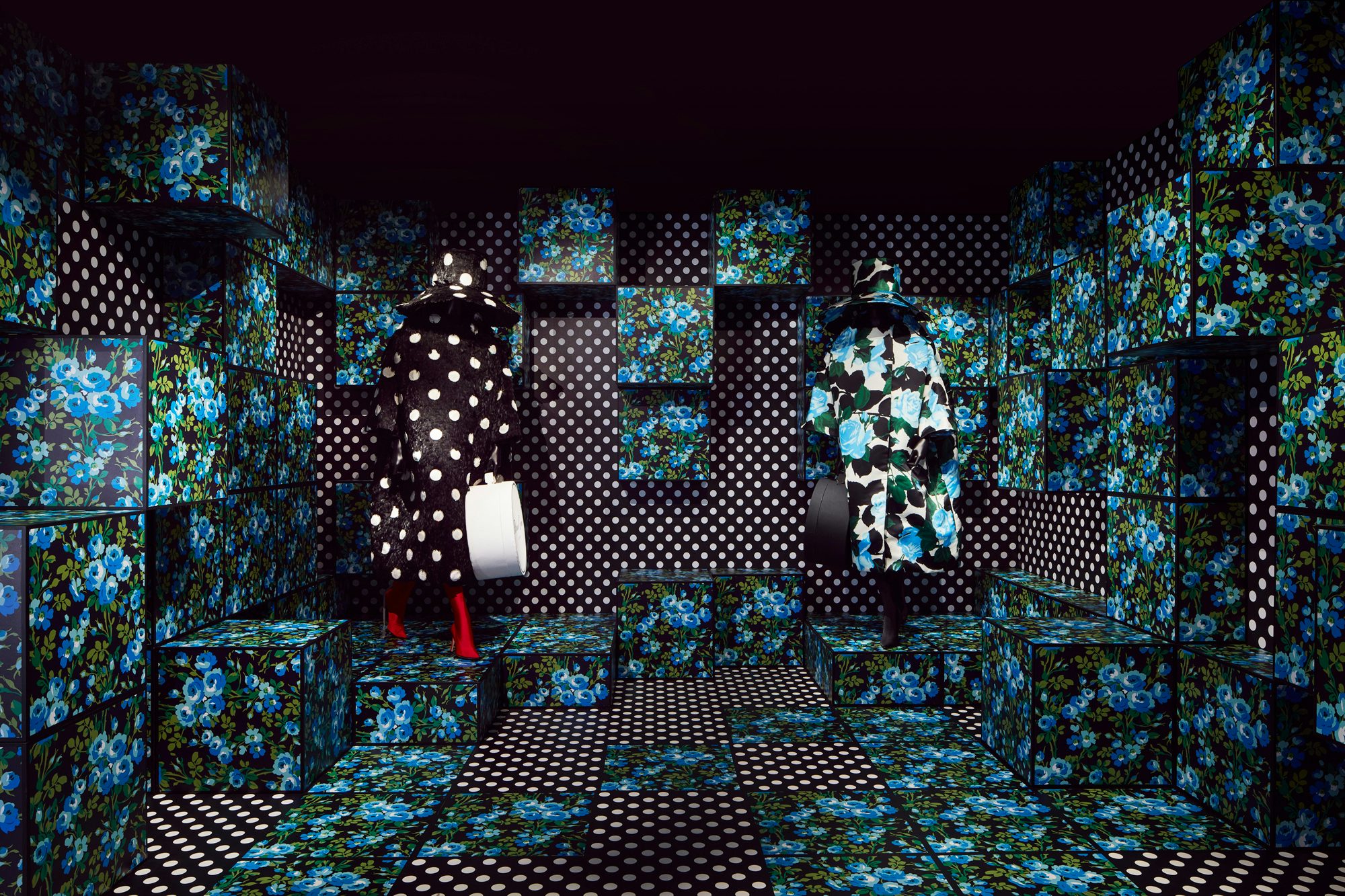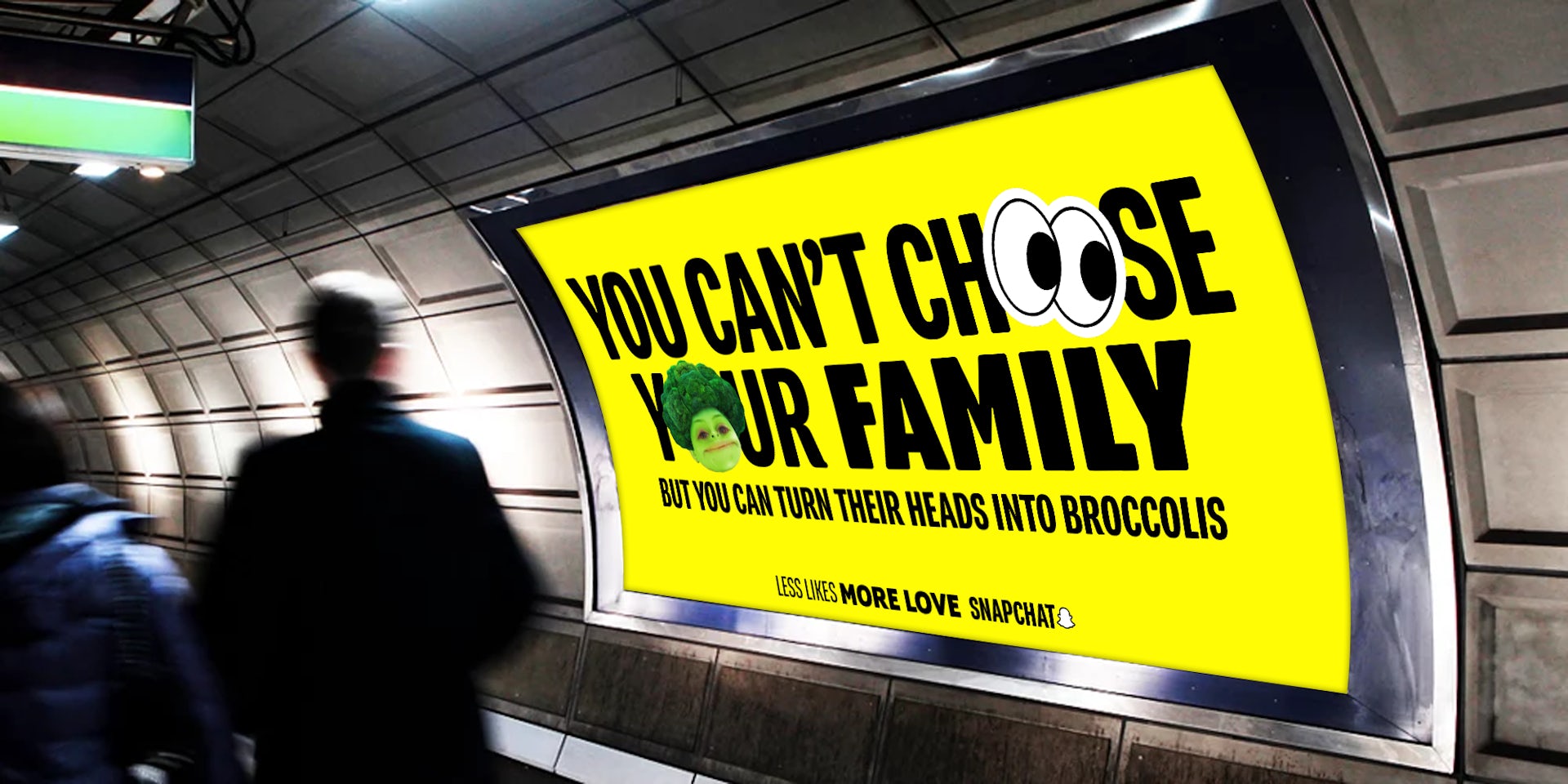How Snap is evolving for both brands and audiences
We talk to Snap’s Valentina Culatti about how the app is offering brands new ways of engaging with audiences and why being authentic is the main thing that matters
Valentina Culatti only joined Snap as director EMEA creative strategy and global production in June 2023 but already feels like a “veteran”. Perhaps this is testament to the fast-moving growth of the business, which has over 850 million monthly users – a number that is increasing rapidly on a daily business.
Having cut her teeth at innovation production studio Unit9 and later at Meta’s Creative Shop, Culatti believes that it is this mixed portfolio of experience that appealed to Snap. “I think I was brought in because I have this profile that connects innovation, creativity and business acumen,” she explains. “That is something I have developed and crafted as I progressed in my career. So I think it was very much for me to elevate the thinking of the teams that I’m leading with a mindset that sees creativity as problem solving, creativity as something that makes a difference.”
Culatti’s team are tasked with working with brands to deliver experiences on the platform which both “solve clients’ problems but also engage the community”. This is no easy feat – as with other platforms that are community based, it can be difficult for brands to show up in ways that are “authentic”, but this is vital.
“Snap has got a very affiliated community – a community that looks for authenticity, the raw and real,” says Culatti. “Brands that embrace that can have success…. It’s part of my team’s remit to educate and advise advertisers on the right tone and the right content that would resonate with the community … that’s why we have very much invested in developing our creators’ community – it feels like you are interacting with them as if you were interacting with a friend.”
Beyond this crucial sense of realness, there are a number of routes to success on the platform. Culatti cites projects using augmented reality as being especially fruitful, pointing out that on Snapchat, “AR is already mainstream”. “The community engages this on a daily basis, so for the Snapchatter, AR is a behaviour.”
This doesn’t mean that the experiences need to be especially complex. For those of us not constantly on Snapchat, we tend to be most familiar with the brand’s more elaborate AR experiences, such as its exhibition with Vogue, which allowed audiences to ‘try on’ luxury designer outfits via an AR filter.
Wonderful as this might have been, not every experience needs to be this grand. “The way we have always traditionally gone to market with augmented reality was the innovation angle,” says Culatti. “So what is new, what is shiny. Instead, the discourse that we are really interested in developing, and I’m driving, is the value of AR and showing that if you add an AR experience to something that you are designing … they can deliver more results.

“And it doesn’t have to be super complex experiences. They can be simple, instant, culturally relevant interactions that engage the community. That has been, I think, the challenge and the opportunity for the past year.”
Culatti cites a range of projects that explain the breadth of work her team has delivered recently, including sponsored lenses for Basic-Fit that offered the chance for brands to do highly reactive campaigns during the Euros last summer, and a partnership with the National Portrait Gallery in London, which leveraged the power of generative AI lenses.
“The brief was how do we manifest the evolution of a self-portrait in this digital era?” she explains. “We created a booth where visitors could go and basically see themselves as a Cubist work of art or an Expressionist work of art, and then all their portraits were projected in the gallery.”

On the more experimental end of the spectrum, the team is also working on a project with Lego to explore the potential of Snapchat Spectacles, which are so far only available to developers but signal a whole new future for AR way beyond what we currently experience via our phones.
Snap also recently introduced Sponsored Snaps, offering clients the chance to send direct visual messages to Snapchatters, who then opt in to view them (if they are left unviewed they will be removed from the inbox). Again, for Culatti it’s crucial that the brands send “something genuine” in their messages in this space. “So we’re really trying to integrate creators into the conversation from the inception.” Brands including Boots are already trying out this new platform.
With brands able to pop up in such a wide variety of ways now, it is vital that they build a “brand universe” to remain consistent in a complex digital environment. Culatti points out that the unity and distinctiveness this brings is more vital than ever in the age of AI generated content.

“With more and more development of AI generated content, I think those brands that embrace authenticity, and that value or connection, are the ones that will win somehow,” she says. “The brand is not linear anymore, it goes across a variety of touchpoints. And whatever you do, every single time you interact with your audience and community, it has to be consistent. The Gen Z community, or the group of people that are growing up as digital natives, are looking for more and more purpose, genuine conversation, communality of interest. So the more you make these touchpoints in the brand universe consistent, the better.”
On the wider topic of AI, Culatti says they have received pushback and concerns from their creator community, but that she tries to adopt an optimistic ‘what if?’ attitude and sees where we are now as at the start of an inevitable wave of change.
“When our founders spoke about generative AI for AR and lenses, from our community of AR creators and developers, there is always the fear, oh, are you getting us out of a job? And the response is, no, no. The idea is very much to empower you, because we are making certain things faster for you to achieve, but also we are trying to inspire you to accomplish more and build on that. It is like silent cinema. We are at that stage. So the creative potential is immense, and that’s really exciting.”
As to the other controversies that surround social media, particularly its use by younger generations and the potential damage this can cause, Culatti is aware of the “great responsibility” this brings, but points out that Snap was always “built different” from other platforms by being primarily created as a “visual messaging app”, and also says that the latest surveys show that “it’s the happiest platform”.
“So the feedback is that people are on Snap because they can very much fulfil the purpose of connecting, generally, with friends, family, loved ones, etc; they feel happier, and that is more or less what we talk about when it comes to brands.
“I think they’re growing with us,” she says of the brand’s prime demographic. “Everything ages, I am aging, and the community is aging…. Those that started with us when they were in secondary school, in college, are now the ones that are buying houses and having kids. The community is growing with us.”




